 Abraham Lincoln
If given the truth, the people can be depended upon to meet any national crisis...
Abraham Lincoln
If given the truth, the people can be depended upon to meet any national crisis...
 Guildford news...
for Guildford people, brought to you by Guildford reporters - Guildford's own news service
Guildford news...
for Guildford people, brought to you by Guildford reporters - Guildford's own news service
Birdwatcher’s Diary No.83
Published on: 15 Mar, 2015
Updated on: 15 Mar, 2015
By Malcolm Fincham
With the first meteorological day of spring starting on March 1 coinciding with my first sighting of a red admiral butterfly in my garden, things started to look hopeful that we had at last started to turn a corner.
Several more sightings of both red admiral and brimstone butterflies on the sunnier days in the week that followed, added to my optimism that spring was not to far away.
On my travels, the fox I recently reported continued to be seen out hunting in daylight hours – seemingly almost tame to my presence as it laid down watching me while I snapped a few photos of it.
At this time of the year it’s quite a possibility that a vixen with newly born kits was in a den near by.
While a jay could be seen rummaging through some dead leaves looking for a food stash it had cleverly hidden last autumn.
And with a number of bright days, and the sun now starting to gain some warmth, common buzzards now a common sight, especially in rural areas locally, can be seen displaying in the thermals – sometimes in sizeable groups of eight or more.
I continued to get sightings of single little egrets in backwater streams, brooks and lakes in rural locations around Shamley Green, and another near Upper Lostiford, Wonersh during the first two weeks of March.
Easily spotted due to their lack of camouflage, I was able to take some photos of one in various poses before it decided to take flight.
Having made several trips to Thursley Common in the hope of getting some better pictures of the hen harrier since I first reported seeing on January 22, I still only got distant views of it as it continued to winter there. I had little luck in the way of photographic fortunes coming my way.
I was extremely impressed when I received an e-mail from a fellow local wildlife photographer and a member of the Surrey Bird Club, James Sellen, who had been more successful than I and had taken some far greater shots of it than I had.
I am grateful to him in allowing me to show here some of the excellent pictures he took.
He insisted passionately (and rightly so) that I should express how essential it is for the protection of these magnificent birds of prey.
The hen harrier was seen for the last time at Thursley on March 4, and hopefully it is now making a safe journey to its summer breeding grounds, probably in Eastern Europe.
Another Eastern European winter visitor still remained at Thursday – the great grey shrike. Although it has been very mobile and difficult to track down this winter, I finally managed to locate it high up on a dead silver birch on ‘shrike hill’.
Taking up a position with some bright late afternoon sunshine behind me, I was able to get some rather pleasing pictures.
Studying it closely, it had more buff-coloured underparts and I concluded it is not the same shrike I viewed on February 8 at Frensham Common.
Moving into the second week of March, blackthorn bushes could now be seen breaking into flower making them easy to tell apart from the similar hawthorn which breaks into leaf before it flowers usually in May.
While on a warm southerly breeze on March 8 and 10, the first Surrey sightings of both a wheatear and two sand martins were recorded at Staines Reservoir and Tice’s Meadow (near Farnham), respectively.
Also with daytime temperatures starting to rise, the birds around my local patch at Stoke Nature Reserve were becoming more active and vocal with some even sighted collecting nesting material.
Grey wagtails have now started to pair up along the river.
A few bats could be viewed as dusk turned to night along the River Wey near Bowers Lock.
And for my first time this year I managed to catch sight of a tree creeper looking for insects in crevices on the bark of a tree.
While the drumming of woodpeckers is now a common sound.
Out on Stoke Lake, the great crested grebes can now be seen in pristine plumage and enjoying their diet of fish.
My most surprising sighting of the past two weeks had to be the one I had on March 12 while driving down a narrow track by a small outlet pond in Wonersh. Before my eyes in the lane ahead I spotted a mammal not much larger than a cat.
On realising it was a mink, I quickly grabbed my camera and took a few snapshots through my windscreen.
Although these non native creatures can be quite brazen when seen, they are reckoned to spend 80% of their lives in their dens and are mostly nocturnal hunters. Therefore, quite a rarity for me to get some record shots.
My most prized pictures and sighting in successive reports, however, had to be another surprise one of a lone red kite a few days earlier on March 6.
Having got what I felt were some reasonable pictures of one that drifted through Shalford seen in my previous report on February 25, this one appeared while I walked the towpath near Bowers Lock in Burpham. It was very much a case of being in the right place at the right time.
As it drifted over with the afternoon sun in my favour showing off its magnificent colouring, I unloaded a continuous stream of shots on my camera, getting some of my best pictures of one to date.
Responses to Birdwatcher’s Diary No.83
Leave a Comment Cancel replyPlease see our comments policy. All comments are moderated and may take time to appear.
Recent Articles
- Guildford Institute’s Crowdfunding Project for Accessible Toilet in its New Community and Wellbeing Centre
- Letter: Guildford – Another Opportunity Missed?
- Letter: GBC’s Corporate Strategy – Where Is the Ambition?
- My Memories of John Mayall at a Ground-breaking Gig in Guildford Nearly Six Decades Ago
- Westborough HMO Plans ‘Losing the Heart of the Street’ Says Resident
- College Invests to Boost Surrey’s Economy and Close Digital Skills Gap
- Community Lottery Brings Big Wins for Local Charities
- GBC Housing Plan Promises ‘A Vibrant Urban Neighbourhood’ Near Town Centre
- Hospital Pillows ‘Shortage’ at the Royal Surrey
- Updated: Caravans Set Up Camp at Ash Manor School


Recent Comments
- Ian Macpherson on Updated: Main Guildford to Godalming Road Closed Until August 1
- Sara Tokunaga on GBC Housing Plan Promises ‘A Vibrant Urban Neighbourhood’ Near Town Centre
- Michael Courtnage on Daily Mail Online Reports Guildford Has Highest-paid Council Officer
- Alan Judge on GBC Housing Plan Promises ‘A Vibrant Urban Neighbourhood’ Near Town Centre
- John Perkins on GBC Housing Plan Promises ‘A Vibrant Urban Neighbourhood’ Near Town Centre
- S Collins on GBC Housing Plan Promises ‘A Vibrant Urban Neighbourhood’ Near Town Centre
Search in Site
Media Gallery
Dragon Interview: Local Artist Leaves Her Mark At One of England’s Most Historic Buildings
January 21, 2023 / No Comment / Read MoreDragon Interview: Lib Dem Planning Chair: ‘Current Policy Doesn’t Work for Local People’
January 19, 2023 / No Comment / Read MoreA3 Tunnel in Guildford ‘Necessary’ for New Homes, Says Guildford’s MP
January 10, 2023 / No Comment / Read More‘Madness’ for London Road Scheme to Go Ahead Against ‘Huge Opposition’, Says SCC Leader
January 6, 2023 / No Comment / Read MoreCouncillor’s Son Starts Campaign for More Consultation on North Street Plan
December 30, 2022 / No Comment / Read MoreCounty Council Climbs Down Over London Road Works – Further ‘Engagement’ Period Announced
December 14, 2022 / No Comment / Read MoreDragon Interview: GBC Reaction to the Government’s Expected Decision to Relax Housing Targets
December 7, 2022 / No Comment / Read MoreHow Can Our Town Centre Businesses Recover? Watch the Shop Front Debate
May 18, 2020 / No Comment / Read More



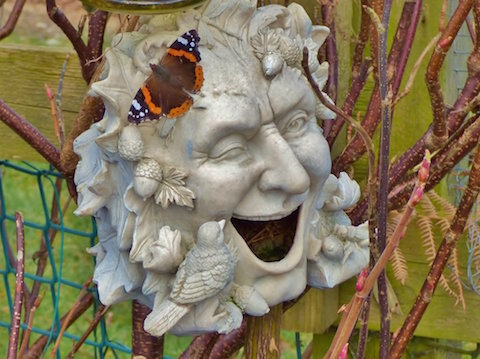

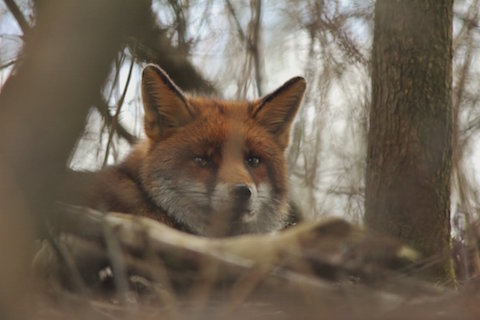
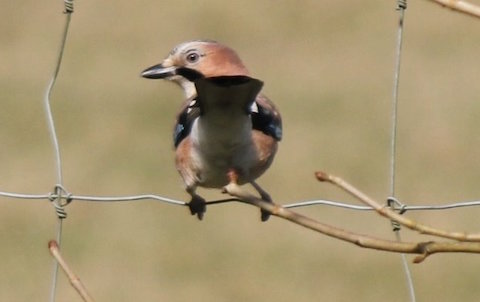
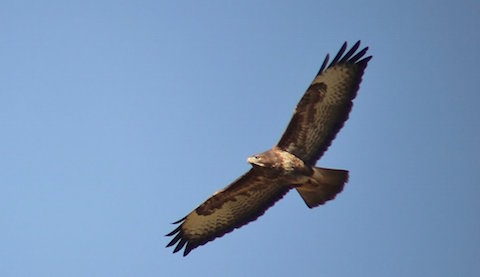
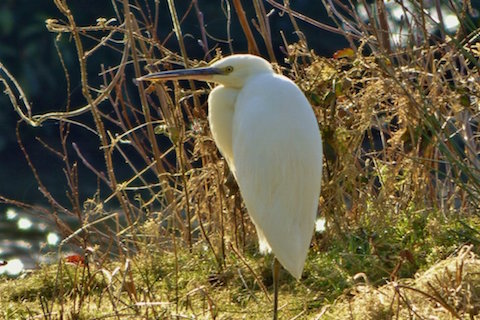

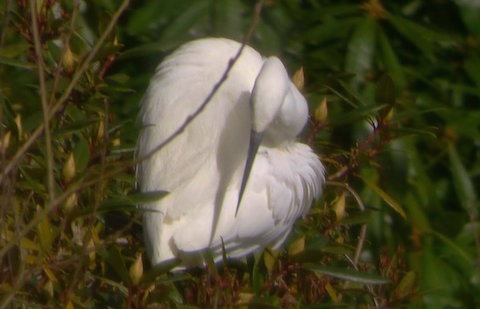
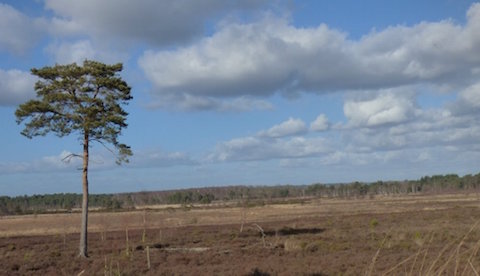
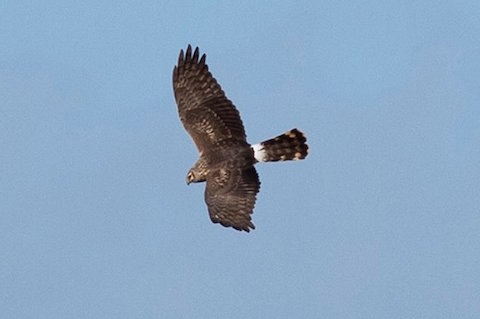
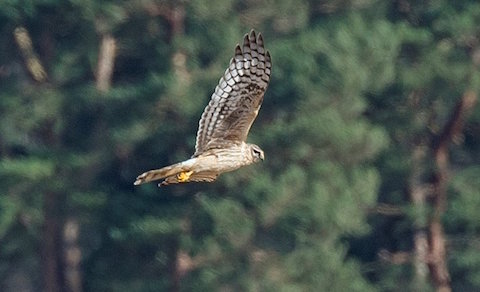


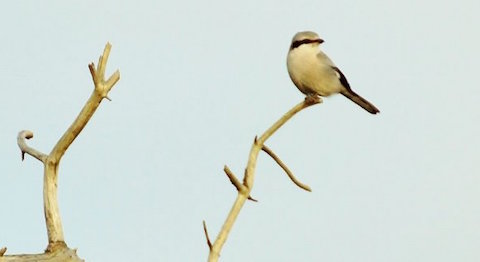
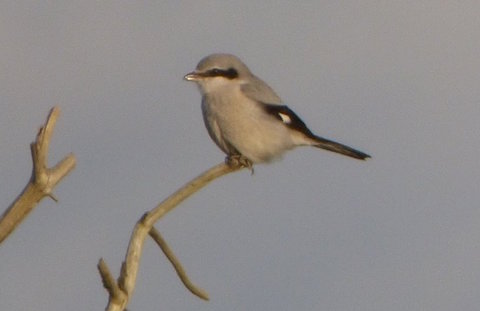
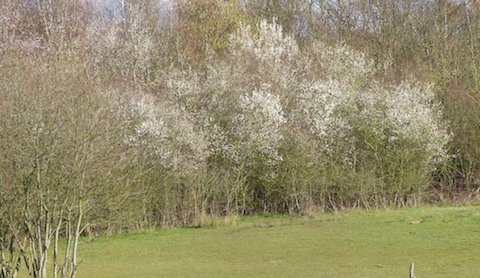
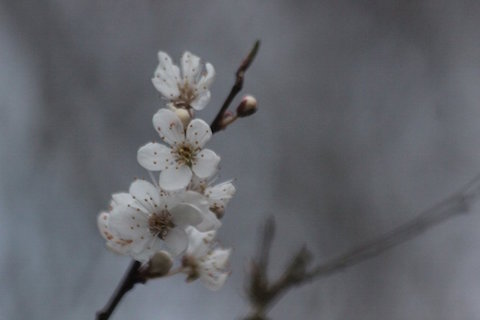


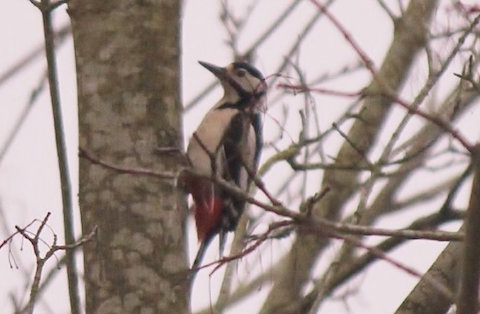
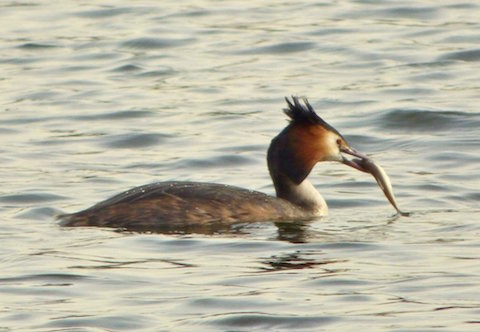

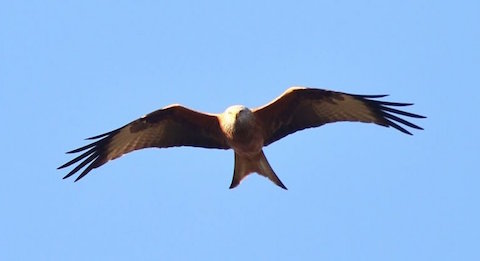
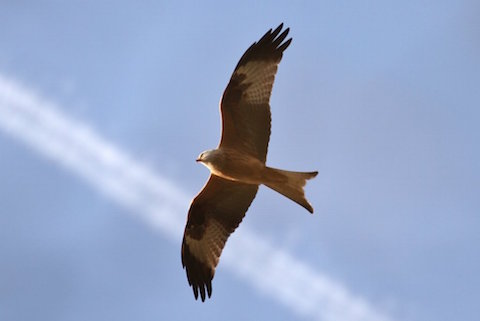






Chaz Folkes
March 17, 2015 at 11:17 am
The kites are getting to be quite regular over Pewley Down, I’m often treated to a magnificent display of them flying past. These are lovely pictures, thank you for sharing them with us.